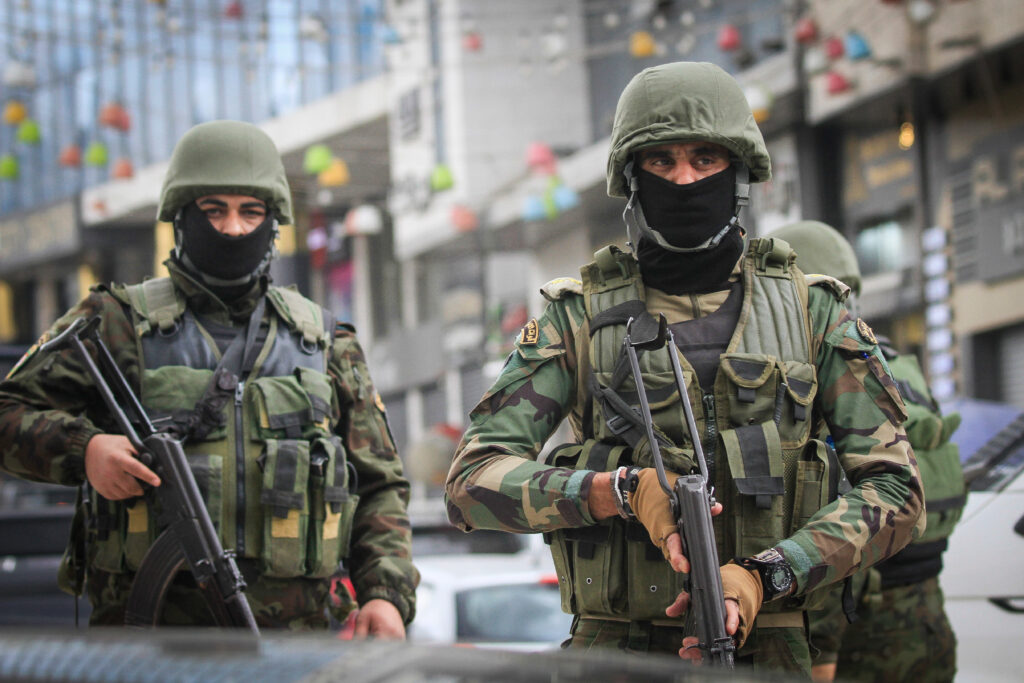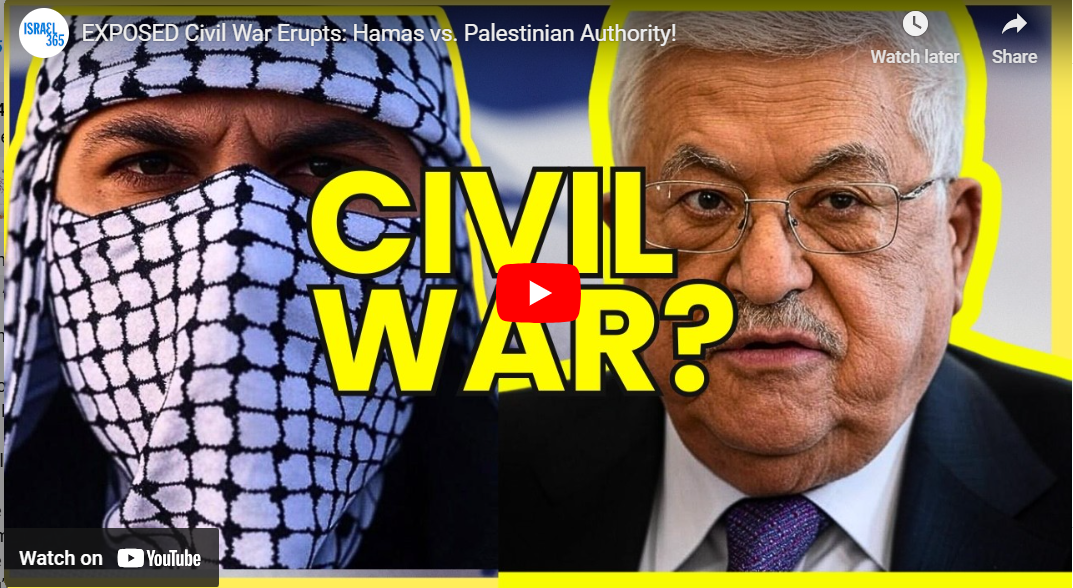A Palestinian civil war is erupting in the streets of Jenin. The Palestinian Authority (PA), the official governing body for Arabs in Judea and Samaria, is now locked in deadly shootouts with Hamas militants – their Palestinian rivals who have controlled Gaza for the last 20 years. As casualties mount on both sides, with five PA officers and six Hamas terrorists dead in recent clashes, the timing of this internal Palestinian bloodshed raises serious questions about survival, power, and American politics.
The answer, as Israel365 Action Executive Director Pesach Wolicki explained, lies in a complex web of political survival and international maneuvering, particularly as Donald Trump prepares to return to the White House in a few days from now.

According to recent reports from the region, PA forces spokesman Anwar Rajab has publicly accused Iran of supporting Hamas and Islamic Jihad, claiming these groups are destabilizing internal Palestinian affairs. Yet in the same breath, Rajab praised PA members who had previously joined these terrorist groups as “symbols of pride and respect for the Palestinians” – a contradiction that perfectly illustrates the PA’s precarious position.
Wolicki traces the roots of this crisis to the Oslo Peace Accords of the mid-1990s, which established the PA as the governing body in parts of the West Bank. However, the process was compromised from the start. “The Palestinian Authority very quickly became extremely corrupt,” Wolicki explains, “which was no surprise to anyone because the leaders of the Palestinian Authority were also the leaders of the terrorist organization, the Palestine Liberation Organization, led by Yasser Arafat.”
A pivotal moment came in 2006 when Hamas won a majority in the Gaza Strip’s legislative elections. The subsequent Hamas takeover of Gaza marked a significant shift in Palestinian politics, leading the PA to suspend all further elections to prevent similar outcomes in Judea and Samaria.
Wolicki, a regular contributor to the Jerusalem Post and Steve Bannon’s War Room, reveals a particularly troubling aspect of PA governance: the “Pay for Slay” program. This initiative provides lifetime stipends to Palestinians who commit acts of terrorism against Israelis, or to their families if they die in the process. The program’s annual budget reportedly runs into hundreds of millions of dollars.
The current conflict between the PA and Hamas, Wolicki argues, is driven by two main factors. First, the PA is desperately trying to maintain what little control it has left in Judea and Samaria. Second, with Trump’s imminent return to the presidency, the PA is scrambling to demonstrate its value as a partner in combating terrorism – a stark contrast to Trump’s first term, when he cut off aid to the PA over the “Pay for Slay” program.
The outgoing Biden administration’s suggestion that the PA could govern Gaza after Hamas’s defeat appears increasingly detached from reality. This assessment gained further credibility when Israel recently declined a U.S. Defense Department request to arm the PA for its fight against Hamas.
“The Palestinian Authority is a sworn enemy of Israel, even though they pretended to the West to be the peacemakers and to be the peace partner and to be more moderate than Hamas,” Wolicki states.
As blood continues to spill in the streets of Jenin and across the West Bank, one thing becomes crystal clear: the PA’s desperate attempt to prove its relevance may be too little, too late. With Trump’s return to the White House imminent and Hamas’s popularity among Palestinians undiminished, the PA’s violent crackdown appears less like a genuine fight against terrorism and more like the death throes of a failing regime. The implications for regional stability and future peace initiatives are stark: the West’s long-held assumptions about Palestinian governance may be crumbling before our eyes.




